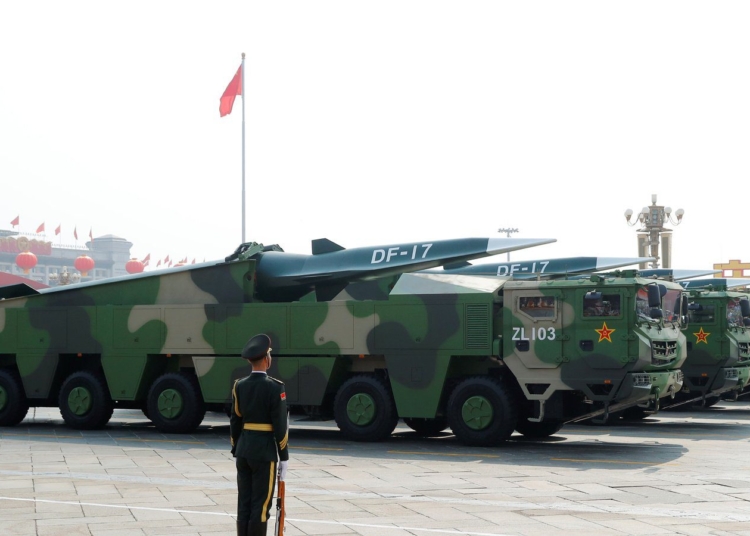Defense policies are crucial for national security and global stability, but they must adapt to technological advancements. This article discusses the importance of defense policy modernization in response to rapid technological changes. It explores how advancements in areas like unmanned aerial vehicles, cyber warfare, and hypersonic weapons require defense establishments to constantly evaluate and adapt their strategies. The article also emphasizes the relevance of emerging technologies like artificial intelligence and biotechnology in defense policy. It highlights the need for modernization to meet evolving threats, maximize military advantages, and allocate limited resources effectively. The role of research and development and the challenges and considerations in defense policy modernization are also discussed.
Defense Policy and Modernization: Adapting to Technological Advancements
Introduction
Defense policies play a crucial role in ensuring national security and maintaining a stable global order. As technology continues to evolve at an unprecedented pace, defense establishments around the world need to adapt and modernize their strategies to effectively counter emerging threats. This article explores the importance of defense policy modernization in response to technological advancements.
Understanding Technological Advancements
The rapid advancement in technology has revolutionized warfare and introduced numerous new dimensions to the battlefield. From unmanned aerial vehicles to cyber warfare capabilities, defense establishments must constantly evaluate and adapt to these developments in order to stay ahead and maintain a credible deterrence against potential adversaries.
Advancements in technology have significantly increased the range, accuracy, and destructive power of conventional weapons systems. Modern missiles can now strike targets with pinpoint precision, and the development of hypersonic weapons poses new challenges, requiring defense policies to be flexible and adaptable.
Emerging technologies such as artificial intelligence, quantum computing, and biotechnology are also highly relevant to defense policy. These technologies have the potential to revolutionize the way wars are fought and won, making it imperative for defense establishments to stay abreast of these advancements and incorporate them strategically.
The Need for Modernization
Defense policy modernization is crucial to ensure that national security requirements are met in the face of evolving threats. Traditional defense strategies and platforms may become obsolete or inadequate against emerging challenges, making it essential for defense establishments to continually upgrade their capabilities to maintain a deterrent posture.
Technological advancements can provide new avenues for military advantage, such as improved intelligence gathering, enhanced situational awareness, and increased operational efficiency. Modern defense policies ensure that these advantages are maximized and effectively integrated into existing doctrines and operational plans.
Moreover, modernization efforts also help bridge the gap between capability requirements and available resources. Defense budgets are often limited, and prioritization is necessary to allocate resources effectively. A well-defined defense modernization policy ensures that resources are channeled into the areas most crucial for national security, based on an assessment of technological advancements and evolving threat landscapes.
The Role of Research and Development
Investment in research and development (R&D) is a key component of defense policy modernization. R&D enables defense establishments to stay at the forefront of technological advancements and maintain technological superiority. It fosters innovation and allows for the acquisition and development of cutting-edge technologies that can enhance military capabilities.
Globally, collaborative R&D efforts are gaining prominence in defense policy modernization. Public-private partnerships facilitate the transfer of technology from the private sector to the defense establishment, thereby accelerating the incorporation of advancements into military systems and platforms.
Challenges and Considerations
While defense policy modernization is crucial, it is not without challenges. One of the major obstacles is the rapid pace of technological change. Defense establishments need to adapt quickly to stay ahead, which requires effective transition management and the ability to integrate new technologies seamlessly into existing structures and processes.
Another consideration is the ethical and legal implications associated with certain technological advancements. Developments in areas such as autonomous weapons systems and cyber warfare raise questions regarding ethical guidelines and international norms. Defense policies must address these concerns to ensure responsible and accountable use of emerging technologies in military operations.
Conclusion
Technological advancements continue to reshape the nature of warfare, and defense policy modernization is essential to keep pace with these changes. As defense establishments worldwide strive to maintain national security, they must adapt their strategies, invest in R&D, and incorporate emerging technologies to effectively counter emerging threats. By doing so, defense policy modernization ensures that countries are adequately prepared to face the challenges of the future.













